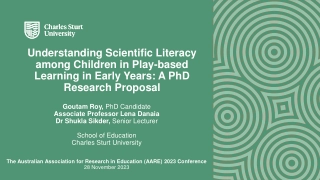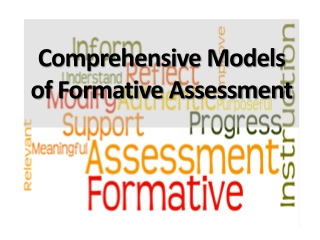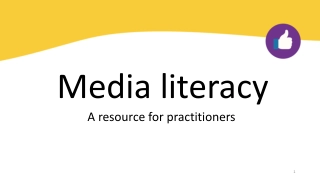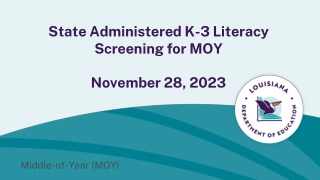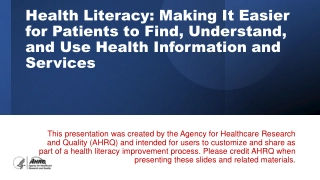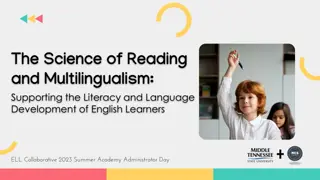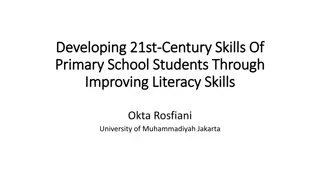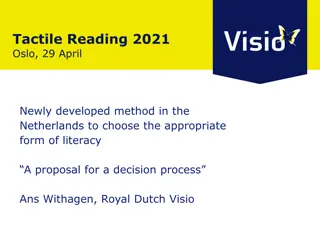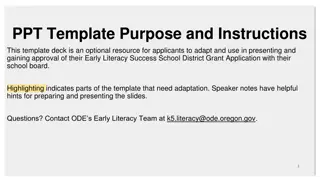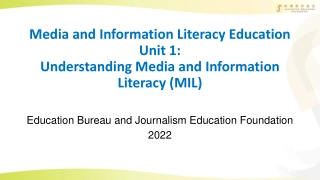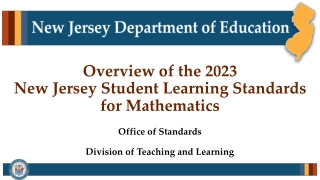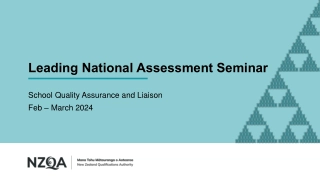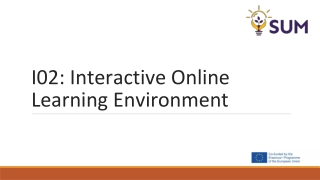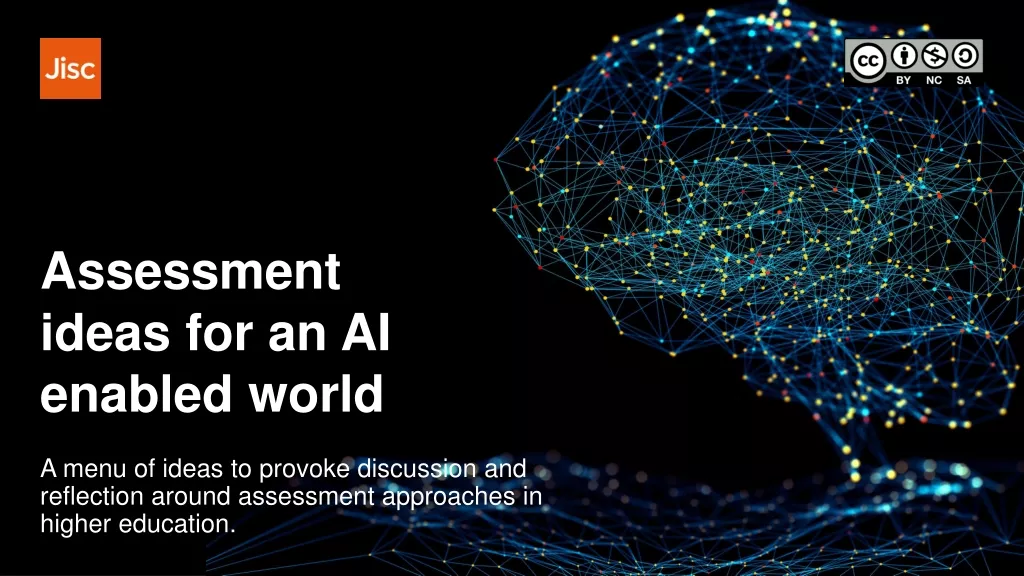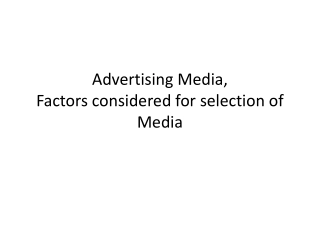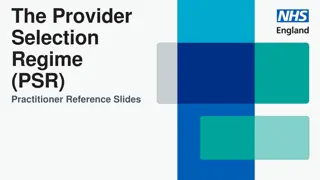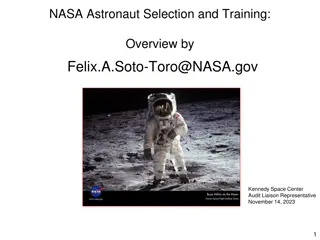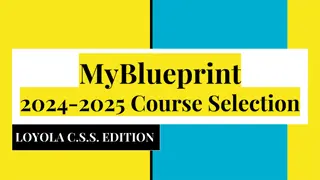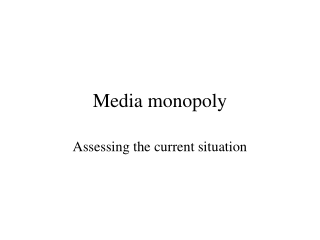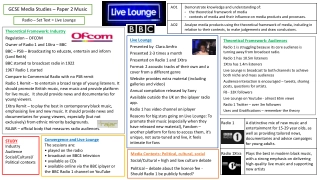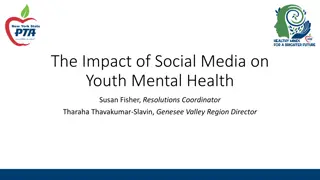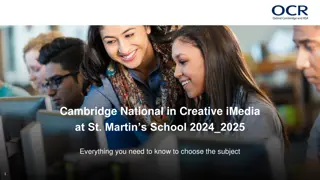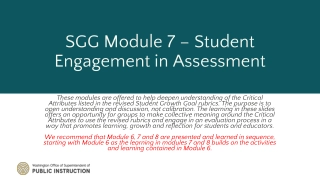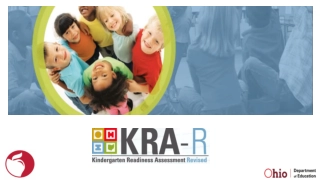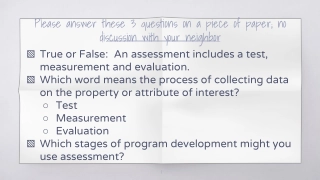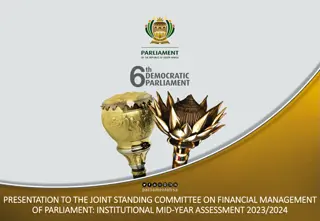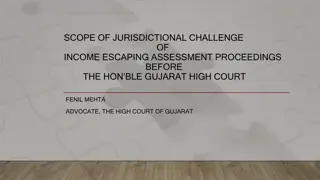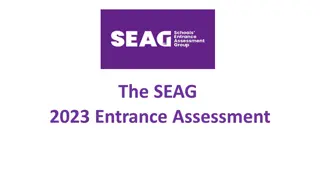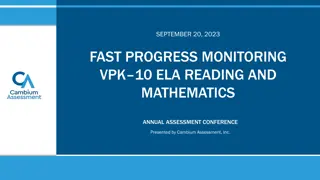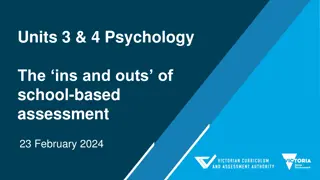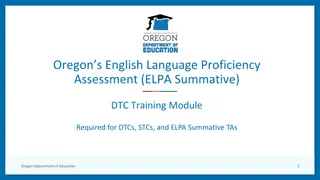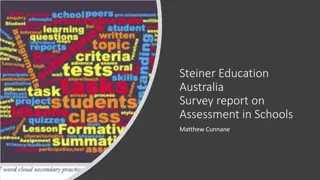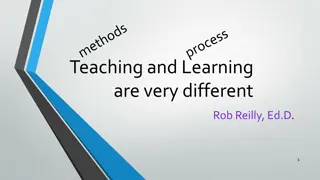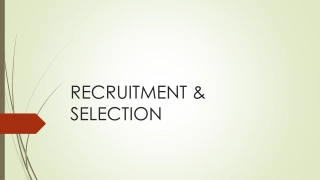Learning Media Assessment Overview for Literacy Media Selection
Learning Media Assessment is a vital process for selecting appropriate literacy media for students with visual impairments. Legislative changes emphasize the importance of determining the most suitable media, with Braille often being the default option unless proven otherwise through assessment. The assessment process provides a framework for decision-making and monitoring over time.
Learning Media Assessment Overview for Literacy Media Selection
PowerPoint presentation about 'Learning Media Assessment Overview for Literacy Media Selection'. This presentation describes the topic on Learning Media Assessment is a vital process for selecting appropriate literacy media for students with visual impairments. Legislative changes emphasize the importance of determining the most suitable media, with Braille often being the default option unless proven otherwise through assessment. The assessment process provides a framework for decision-making and monitoring over time.. Download this presentation absolutely free.
Presentation Transcript
LEARNING MEDIA ASSESSMENT An overview of the Learning Media Assessment Process (Koenig, Holbrook, 1995) Tom Miller Advisor Workshop 2005 Koenig, Holbrook,1995-- Miller Advisor Overview 2005
Learning Media Assessment Note: This presentation is a brief overview of the process of learning media assessment. Please refer to the complete text Learning Media Assessment: A Resource Guide for Teachers, 2nd Edition, Koenig and Holbrook, 1995 by going to the Texas School for the Blind website Tsbvi.org Koenig, Holbrook,1995-- Miller Advisor Overview 2005
LEARNING MEDIA ASSESSMENT An assessment for selecting the appropriate literacy media for students with visual impairments. Offers teachers a framework or decision making process for the selection of literacy media. Koenig, Holbrook,1995-- Miller Advisor Overview 2005
LEARNING MEDIA ASSESSMENT Why perform learning media assessments? Braille bills which require the determination of literacy media exist at both the Federal and State level Koenig, Holbrook,1995-- Miller Advisor Overview 2005
Legislative Changes in IDEA: Braille Consideration of Special Factors: The IEP Team also shall (iii) In the case of a child who is blind or visually impaired, provide for instruction in Braille and the use of Braille unless the IEP Team determines, after a determination of the child s reading and writing skills, needs and appropriate reading and writing media (including an evaluation of the child s future needs for instruction in Braille or the use of Braille), that instruction in Braille or the use of Braille is not appropriate for the child. 34 CFR Section 300.346 (a)(2)(iii) and 20 U.S.C. 1414(d) Koenig, Holbrook,1995-- Miller Advisor Overview 2005
LEARNING MEDIA ASSESSMENT These various Braille bills assume that Braille is the modality to be used unless otherwise demonstrated through appropriate assessment. Learning Media Assessment offers the tool to make that determination and monitor it over time Koenig, Holbrook,1995-- Miller Advisor Overview 2005
LEARNING MEDIA ASSESSMENT Assesses not just learning media but also learning style preferences of the student (compensatory skill use). Can be used to assess both academic and functional literacy. Should begin no later than age 3 transition to preschool and be updated annually and/or as visual functioning changes Koenig, Holbrook,1995-- Miller Advisor Overview 2005
LEARNING MEDIA ASSESSMENT examine efficiency with which student gathers information from various sensory channels Types of general learning media the student uses, or will use to accomplish learning tasks The literacy media the student will use for reading and writing (6) Koenig, Holbrook,1995-- Miller Advisor Overview 2005
LEARNING MEDIA ASSESSMENT Form 1 General Student Information This form allows tracking of the Learning Media Assessment process and collates information on additional disabilities and the results of ophthalmological, Clinical Low Vision and Functional Vision evaluations. In addition, it includes a summary of the Learning Media Assessment results. Koenig, Holbrook,1995-- Miller Advisor Overview 2005
LEARNING MEDIA ASSESSMENT Form 2 Use of Sensory Channels This form uses an observational method to determine within specific tasks the primary and secondary sensory modalities preferred by the student visual/tactile or auditory. Koenig, Holbrook,1995-- Miller Advisor Overview 2005
LEARNING MEDIA ASSESSMENT Form 3 General Learning Media Checklist This form looks at both learning materials and methods used for near and distance tasks within the student s learning environment and how to accommodate for those media given the student s efficiency in using sensory information. (6) Koenig, Holbrook,1995-- Miller Advisor Overview 2005
LEARNING MEDIA ASSESSMENT Form 4 Indicators of Readiness for a Conventional Literacy Program This forms allows rating a student s developmental readiness for a literacy program. Koenig, Holbrook,1995-- Miller Advisor Overview 2005
LEARNING MEDIA ASSESSMENT Form 5 Initial selection of Literacy Medium Allows for further involvement of educational team through observations and analysis of data to make a selection of reading media. Flow charts and decision tools are included to guide analysis. Koenig, Holbrook,1995-- Miller Advisor Overview 2005
LEARNING MEDIA ASSESSMENT Form 6 Continuing Assessment of Literacy Media This form is designed to monitor student progress. It incorporates analysis of updated ophthalmological, clinical low vision and functional vision evaluations; reading rate; academic achievement; handwriting; and literacy tools. Koenig, Holbrook,1995-- Miller Advisor Overview 2005
LEARNING MEDIA ASSESSMENT Form 7 Literacy Tools Inventory Offers a guide to both track and assure that a range of literacy options are evaluated and/or utilized by the student. This form looks at traditional; technology and computer applications of literacy tools. Koenig, Holbrook,1995-- Miller Advisor Overview 2005
FUNCTIONAL LEARNING MEDIA ASSESSMENT Form 8: Functional Learning Media Checklist Form 9: Indicators of Readiness for a Functional Literacy Program Form 10: Initial Selection of Functional Literacy Medium Form 11: Continuing Assessment of Functional Literacy Media Koenig, Holbrook,1995-- Miller Advisor Overview 2005
LEARNING MEDIA ASSESSMENT Learning Media Assessment provides a decision and monitoring tool for both conventional and functional literacy for students with visual impairments. Learning Media Assessment involves a team process and the collation of medical, educational, family and student supplied data to make informed decisions. Koenig, Holbrook,1995-- Miller Advisor Overview 2005






